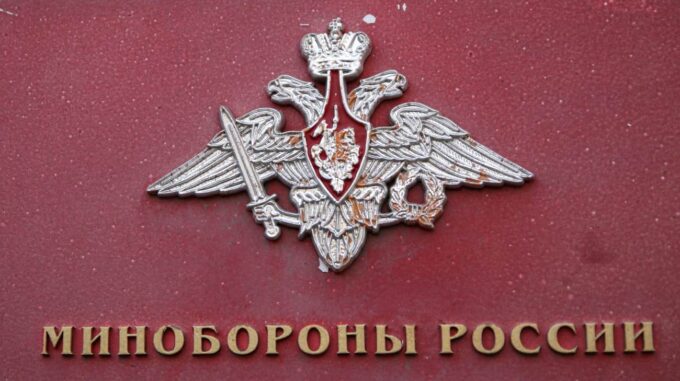In the Russian Ministry of Defense, there was an official confirmation of an attempted armed drone raid on several military airfields across different regions of the country

The Russian side accused Ukrainian special services of being involved in this aggression. This statement is yet another element in the Kremlin’s broad-scale information campaign concerning alleged Ukrainian sabotage activities deep within the territory of the aggressor state. According to official information, the attack occurred simultaneously at five strategic military facilities in Russia, including in the Murmansk, Irkutsk, Ivanovo, Ryazan, and Amur regions. The Russian Defense Ministry reported that in three of these — Ivanovo, Ryazan, and Amur — the attacks were reportedly repelled by special units, and in these cases, no significant damage or casualties occurred. Meanwhile, reports from the Murmansk and Irkutsk regions indicate fires at several aircraft and other aerial technology objects, which burned as a result of drone launches. Russian military sources state that these fires have been extinguished, and fortunately, no personnel or civilians were injured. The Russian Defense Ministry also announced the detention of several suspects believed to be involved in this attack, though no specific details about their identities, affiliations, or whereabouts have been disclosed. Amid these events, tension in Moscow and surrounding areas is rising, with heightened almost paranoid vigilance over potential new sabotage acts aimed at undermining Russian military infrastructure. The background of this ongoing information campaign dates back to early June, when Russia experienced widespread incidents involving strategic Russian military bombers. During that period, Ukrainian security services, including the Security Service of Ukraine (SBU), conducted a large-scale operation utilizing unmanned aerial vehicles, notably kamikaze drones, causing damage to over forty Russian strategic aircraft. Later, Russian media and propaganda outlets emphasized that Ukrainian UAVs allegedly flew from trucks parked at fuel stations in the country’s rear areas. However, it later became known that these operations were part of a large-scale special operation codenamed "Web" ("PavuТina"), planned for more than a year and aimed at destroying Russia’s logistical and aviation infrastructure as part of efforts to weaken the enemy’s military potential. This operation included not only attacks on airbases but also a comprehensive misinformation and intimidation campaign. The timing of these attacks and the interest in escalating the conflict suggest that these scenarios and information manipulations from both sides are likely to persist, further heightening tensions between Moscow and Kyiv in the ongoing multi-year war. At the same time, Kyiv and military circles emphasize that Ukrainian forces aim to act unpredictably, employing new tactics and technologies, including kamikaze drones, to target Russian military objectives. This incident serves as yet another evidence of the deep and complex security and defense challenges faced by both sides as a new phase of the war unfolds, continuing to develop through various scenarios. Expectations remain high for new information campaigns, sabotage acts, and provocations aimed at fueling and intensifying regional conflict tensions.

